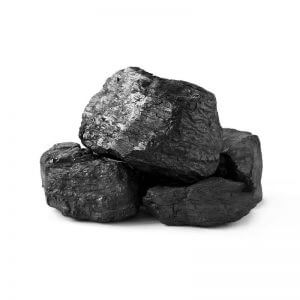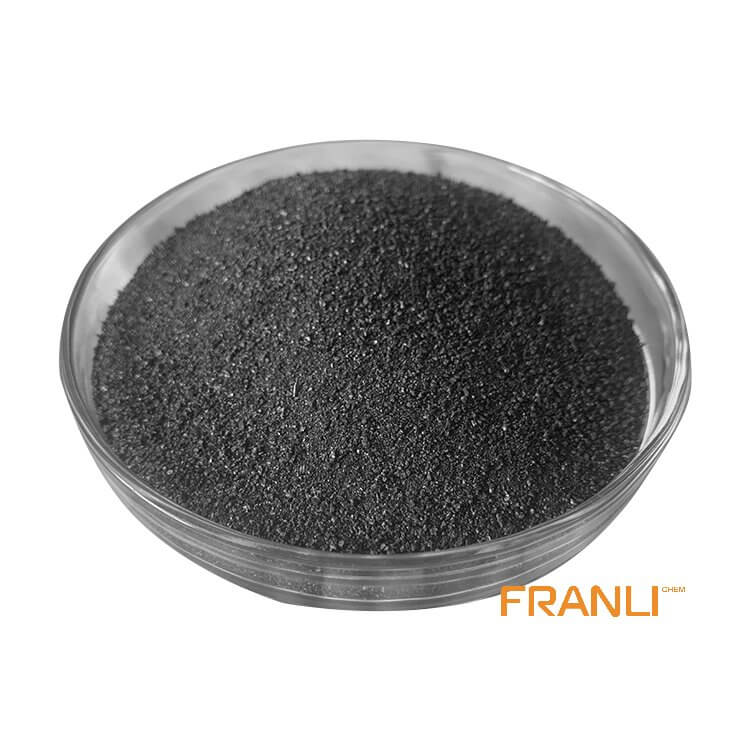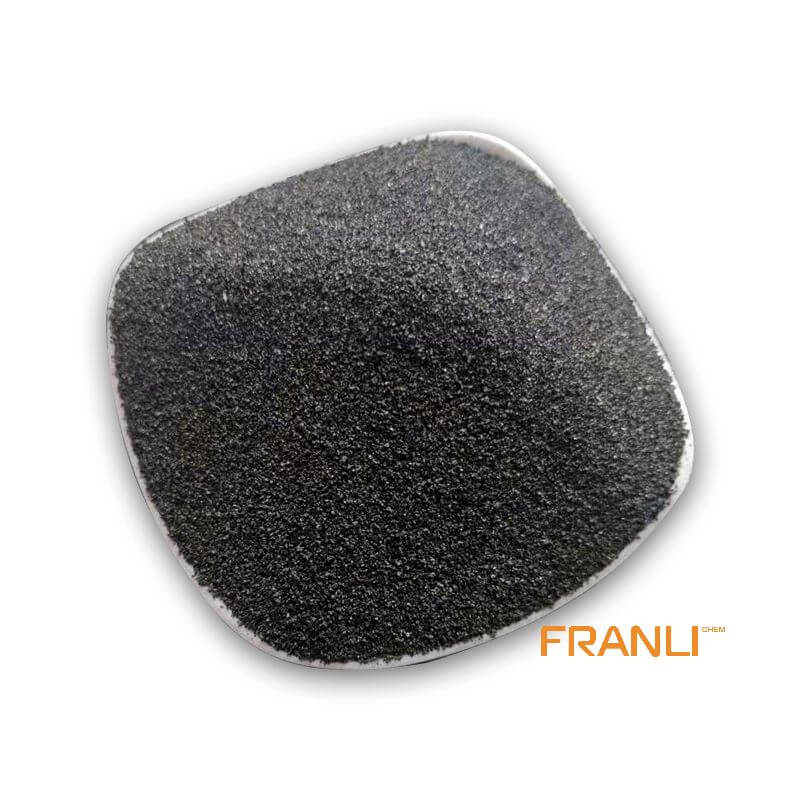


Petroleum Coke
Size
According to your requirements
Package
25 kg small bags into ton bags or ton bags
Features
Low ash content and low boiler ash discharge, etc.
Application
Depending on its quality, petroleum coke can be used in industries such as graphite, smelting and chemical industry, etc
Petroleum coke, as a byproduct of petroleum, is produced in the process of petroleum processing, that is, the crude oil is distilled to separate light and heavy oil, and the heavy oil is converted into petroleum coke by hot cracking. If petroleum coke can be obtained directly from petroleum processing, then the petroleum coke is raw coke or ordinary coke. Petroleum coke has irregular shape, dark gray or black, porous structure and metallic luster.
Request a quote
Petroleum coke is a bulk by-product produced in the process of petroleum refining. Most petroleum coke (about 75%) is sold as fuel for power generation and cement production, but higher quality petroleum coke is sold to the calcination industry. It is usually transported by bulk carriers at sea. Like most other bulk cargo, there are still residues on the cargo hold and deck after unloading, which must be cleaned before loading new cargo. The cleaning process usually requires dry cleaning, high-pressure water washing, the use of chemical cleaners, and finally high-pressure water washing. In theory, washing sewage is either discharged and treated at sea or discharged and treated inland receiving facilities. However, because of the increasingly stringent national and international legislation (such as MARPOL), it is becoming more and more important to ensure appropriate emission disposal methods. In addition, ships carrying petroleum coke may also be involved in accidents leading to maritime cargo damage. The purpose of this bulletin is to briefly introduce the physical properties of petroleum coke, the impact of its offshore discharge or loss on the environment, the nature and impact of petroleum coke cleaning agent, and some national or international policies related to its disposal

Petroleum coke, also known as coke, is mainly composed of carbon (84-97%) and is produced during the thermal decomposition of oil in the refining process. It exists in various forms, such as needle coke, sponge coke, and pellet coke , with different microstructures, sulfur content, and impurity content. The quality of crude oil is key in determining which of these types of coke – coke made from high asphaltene sources has higher concentrations of sulfur and metals.
Coke is the product of delayed coking and contains large amounts of hydrocarbons. It has a distinctive hydrocarbon smell and, depending on the heating rate of the refining process, can contain between 4% and 21% volatile substances, which are mainly residual hydrocarbons, including polycyclic aromatic hydrocarbons (PAHs).

Calcined petroleum coke is made from raw coke heated at a high temperature (>1,200°C). This process eliminates almost all hydrocarbon content (i.e. <0.1%). A fine mist of water containing surfactants is usually used to suppress dust. The surfactant reduces the surface tension of the water, allowing it to moisten the cargo more efficiently and reduce the necessary water content. It is usually applied in diluted form (between 100:1 and 3000:1) and is generally classified as harmless.
The exact properties of petroleum coke depend on the source of crude oil feedstock and the heating process used. However, the main components are expected to fall within the range shown in Table 1. Trace metals such as nickel and vanadium can reach parts per million. The proportion of petroleum coke to water is between 0.8-2.1. Therefore, the product specifications of each cargo must be consulted to determine whether it is floating or sinking. Generally, most petroleum coke products sink in seawater. Petroleum coke is stable and insoluble in water, so it is likely to form a slurry if discharged offshore.



